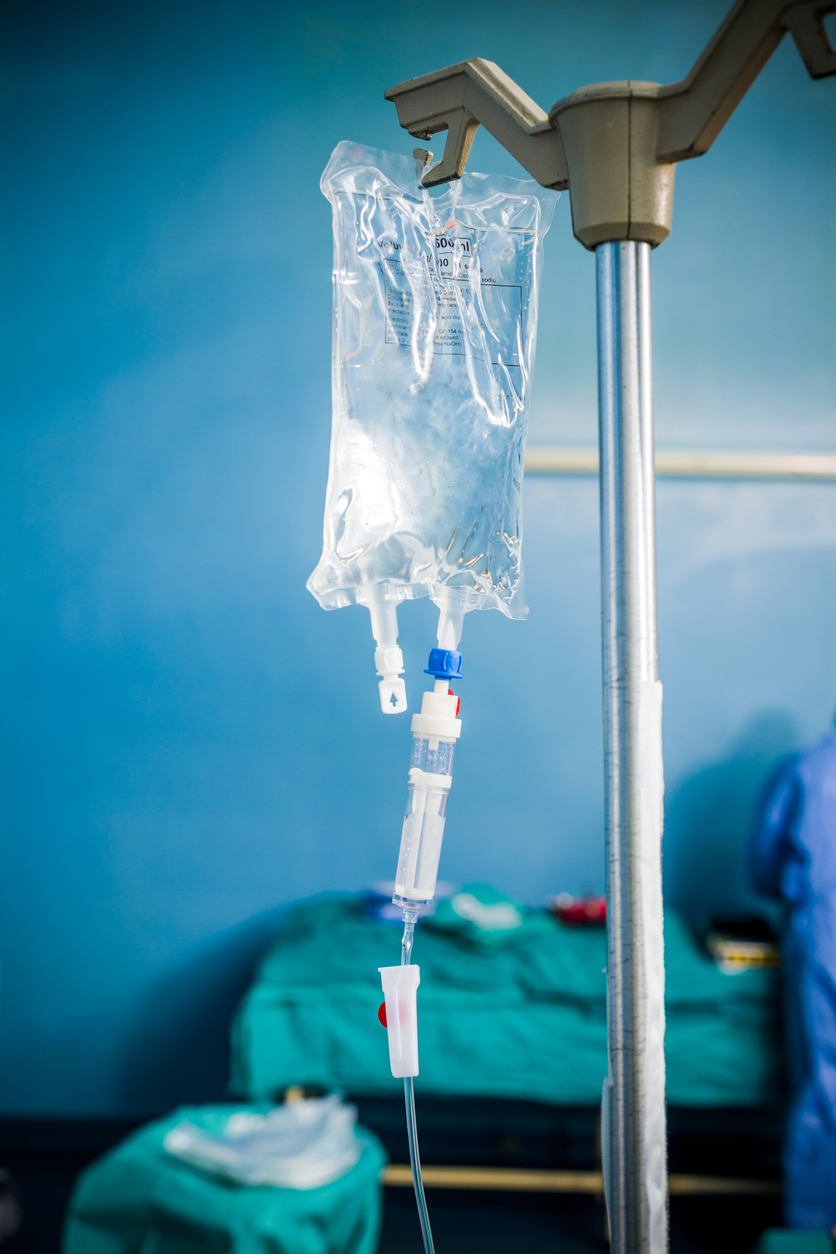This website uses cookies so that we can provide you with the best user experience possible. Cookie information is stored in your browser and performs functions such as recognising you when you return to our website and helping our team to understand which sections of the website you find most interesting and useful.
News
Vinyl Blood Bags: A Crucial Innovation for Blood Supply and Storage
January is National Blood Donor Month. Given this, we think it’s an opportune time to highlight some of the unsung technology behind the scenes of blood donation and blood storage—vinyl blood bags. While the act of donating blood is widely recognized as a noble and life-saving endeavor, the materials used in the collection and storage of this precious resource often go unnoticed. vinyl blood bags are a crucial innovation, playing a pivotal role in ensuring the safety and efficacy of blood transfusions.
The Role of PVC in Blood Bags
PVC, the versatile synthetic polymer that is used widely in healthcare, has found a unique application in the medical field, particularly in the manufacturing of blood bags. These bags are designed to store and transport donated blood safely from the donor to the recipient. vinyl blood bags offer several advantages over the technologies that came before them, including flexibility, durability, and compatibility with various blood components.
Perhaps the largest difference between modern PVC blood bags and their glass counterparts is with durability. Imagine that a patient desperately needs an infusion of blood as soon as possible. It’s hectic in the hospital, and doctors and nurses are moving quickly to provide life-saving care. It’s in this hectic rush that a doctor mishandles a blood sample for the patient and drops it. If the blood was stored in glass, as it had been prior to the invention of PVC blood bags, that whole sample would be ruined. However, if the blood is stored in a flexible, durable vinyl blood bag – no harm is done, and the sample can be picked up and used.
Flexibility and durability have been instrumental in providing blood around the globe, especially in difficult-to-reach rural areas. Take Rwanda, for example. With limited road access to some rural communities, it can take hours for medical equipment or services to arrive. However, the company Zipline has developed a way to change this. They use drones to drop medical goods, like blood for transfusions, for people who desperately need them. Their solution wouldn’t be possible without PVC blood bags. Watch this video to understand how they operate and provide life-saving care, in no small part due to PVC blood bag’s durability. PVC blood bags help bring equity around the globe.
Beyond flexibility and durability – there’s another critical reason that vinyl blood bags are unsung heroes of the blood donation process. It’s the fact that vinyl bags allow for blood to stay usable for longer than other options[1]. Blood donations in PVC blood bags last for 42 days – which is longer than any other option. This extra time is extremely valuable, especially in today’s climate for blood donation. In September 2023, The American Red Cross declared an ongoing blood shortage in the United States and has urged more donors to come forward. In the midst of a blood shortage, it’s critical that the blood donations stay usable for as long as possible. Currently, PVC blood bags are the best way to do this. Without PVC blood bags, our ongoing blood crisis would be even worse.
As we celebrate Blood Donation Month, it is crucial to recognize the silent yet significant role played by vinyl blood bags in making blood transfusions safe and effective. The flexibility, durability, and compatibility of PVC make it an ideal material for these essential medical devices. By acknowledging the innovations behind the scenes, we pay tribute not only to the donors but also to the advancements that contribute to the success of life-saving blood donation programs worldwide.
Our team at the Vinyl Institute has also previously published a report focused on the importance of vinyl in healthcare settings. This of course includes things like blood bags – but so much more in the medical care field utilizes vinyl to provide safe care to patients. To read that report, click here.
[1] Carmen R. The selection of plastic materials for blood bags. Transfus Med Rev. 1993 Jan;7(1):1-10. doi: 10.1016/s0887-7963(93)70027-9. PMID: 8431654.


